Moscow’s war on Ukraine and the ferocious financial backlash it’s unleashed on Russian leadership, is reaching around the globe, touching the lives of everyone who is watching the horror of war unfold on TV each day. The world is not just a spectator to what is happening in Ukraine, but by default are, or will be, directly affected by the sanctions placed on Russia and Putin. As reported by the AP:
The repercussions are troubling the world economy, shaking financial markets, and making life more difficult for everyone, no matter which corner of the civilized world people live
WASHINGTON (AP) — Moscow’s war on Ukraine and the ferocious financial backlash it’s unleashed are not only inflicting an economic catastrophe on President Vladimir Putin’s Russia.
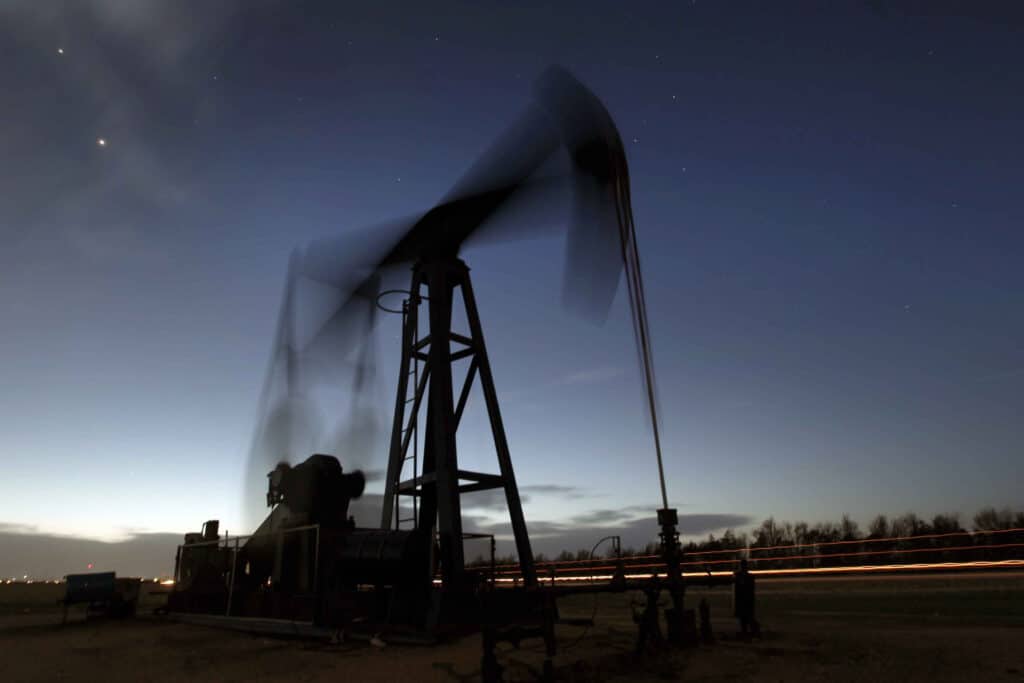
The repercussions are also menacing the global economy, shaking financial markets, and making life more perilous for everyone from Uzbek migrant workers to European consumers to hungry Yemeni families.
Even before Putin’s troops invaded Ukraine, the global economy was straining under a range of burdens: Surging inflation. Tangled supply chains. Tumbling stock prices.
The Ukraine crisis both magnified each threat and complicated the potential solutions.
“We are actually in uncharted territory,” said Clay Lowery, executive vice president at the Institute of International Finance, a trade group of global banks. “We know there are consequences that we cannot predict.”
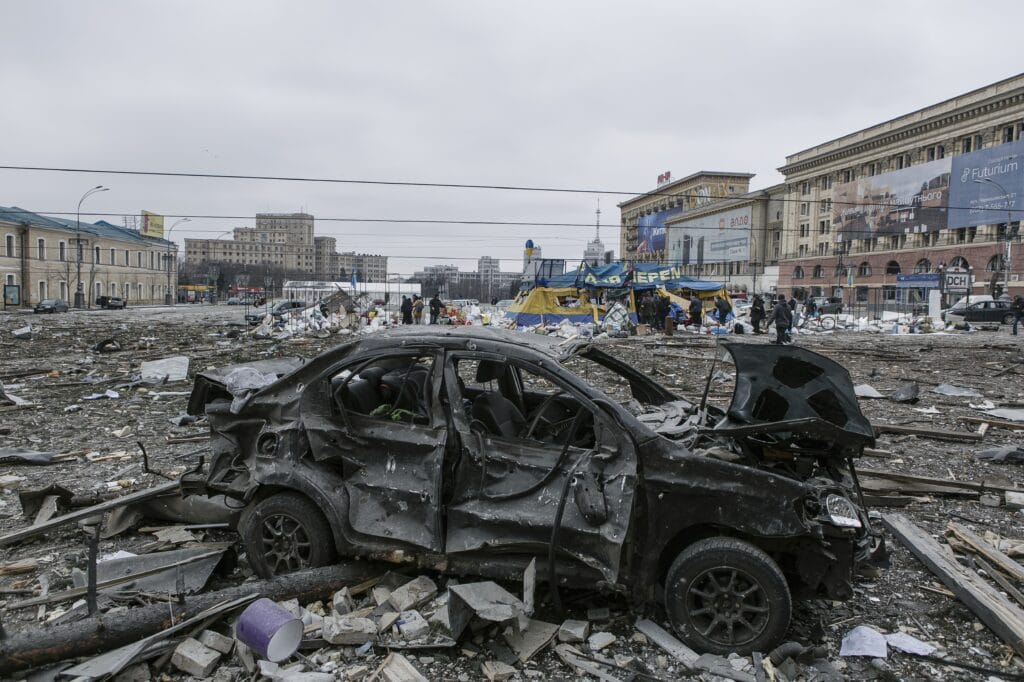
For now, at least, the damage to the overall global economy appears to be relatively slight, if only because Russia and Ukraine are not economic powerhouses. Important as they are as exporters of energy, precious metals, wheat, and other commodities, the two together account for less than 2% of the world’s gross domestic product.
Most major economies have only limited trade exposure to Russia: For the U.S., it’s 0.5% of total trade. For China, around 2.4%.
Barring a major escalation of the war — far from impossible — “the effects on the U.S., China and most of the emerging world should be limited,” said Adam Slater, lead economist at Oxford Economics. He foresees only a 0.2% drop in global GDP this year.
Still, Russia is a vitally important supplier of oil, natural gas and metals, and higher prices for those commodities are sure to inflict economic damage around the world. Europe relies on Russia for nearly 40% of its natural gas and 25% of its oil.
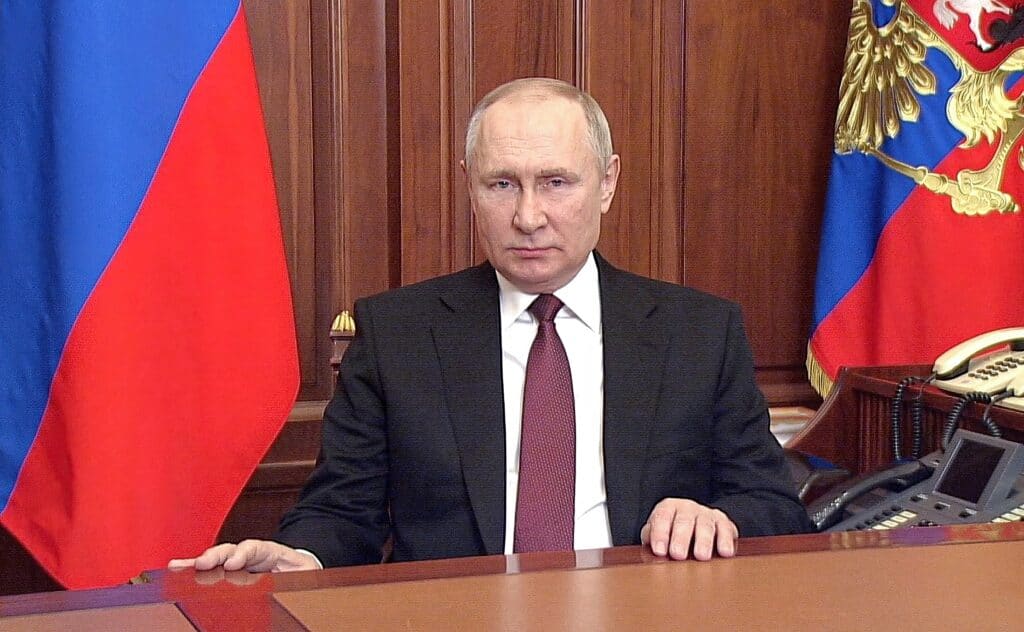
For the European continent, Russia’s war has significantly heightened the likelihood of runaway inflation, another economic setback or both.
Here is a deeper look:
AN ECONOMIC SIEGE
Infuriated by Putin’s aggression, the United States and other Western nations have targeted Russia with sanctions of unprecedented breadth and severity for a major economy. They have thrown major Russian banks off the SWIFT international payment system, limited high tech exports to Russia and severely restricted Moscow’s use of its foreign currency reserves.
The rapid and unified international retaliation against Russia appeared to catch Putin’s regime by surprise.
“The world — or most of it anyway — is laying economic siege to Russia,” wrote Carl Weinberg, chief economist at High Frequency Economics.
The sanctions quickly caused damage. The Russian ruble plunged to a record low Monday. Depositors lined up at ATMs to try to withdraw their money from the embattled banking system. Cut off from Google Pay and Apple Pay, Russians were stuck at ticket booths at Metro rail lines.
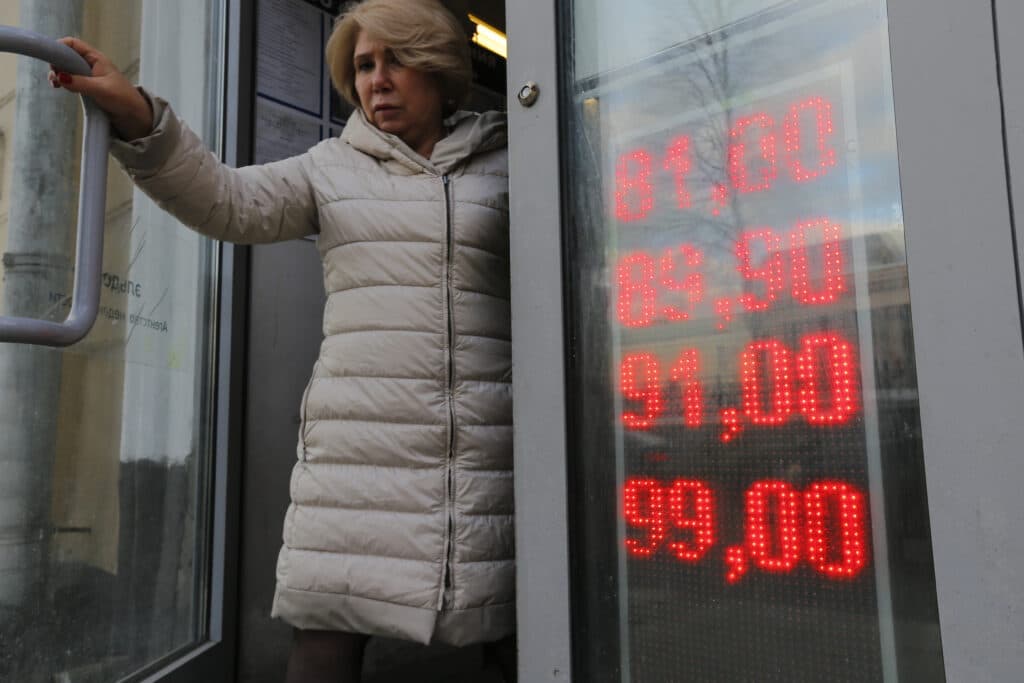
The Institute of International Finance foresees the Russian economy enduring a double-digit contraction this year, worse even than its 7.8% drop in the Great Recession year of 2009.
Oxford Economics said evidence from wars ranging from the 1980-1988 Iran-Iraq war to the 1999 NATO bombing campaign against Serbia suggests that a staggering collapse of the Ukrainian economy of 50% to 60% is possible.
HARD TIMES FOR EUROPE
With its dependence on energy from Russia, Europe’s economy is now especially at risk.
Natural gas prices shot up 20% after the war started on top of earlier increases, and now are roughly six times what they were at the start of 2021. The gas price shock is feeding higher inflation and swelling utility bills. The result is that households have less money to spend and hopes for a surge in consumer spending resulting from fewer pandemic restrictions and COVID-19 cases have diminished.
Escalating gas prices have caused what economists call “demand destruction” among industrial enterprises, like fertilizer makers, that use a lot of gas and have now slashed production. Farmers are paying more to run machinery and buy fertilizer. Germany’s economy, which sagged by 0.7% in the fourth quarter of 2021, would face a technical recession if it shrank again in the first three months of 2022.
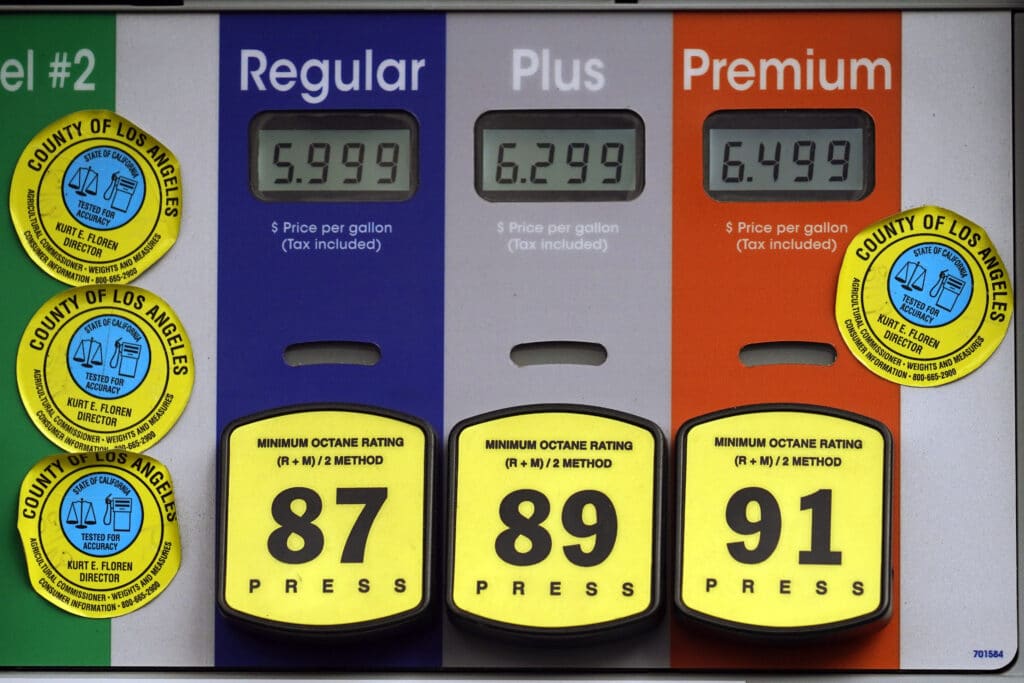
The economic downdraft could be offset by an increase in German defense spending. In response to the Russian invasion, Chancellor Olaf Scholz has said the government would commit 100 billion euros ($111 billion) to a special fund for its armed forces and raise defense spending above 2% of GDP.
“The drag from higher prices and the negative confidence affect may lower real GDP growth in the eurozone from 4.3% to 3.7% for 2022,” said Holger Schmieding, chief economist at Berenberg bank.
NO SUPPLY CHAIN RELIEF
The world’s unexpectedly robust recovery from the pandemic recession left companies scrambling to find enough raw materials and components to produce goods to meet surging customer demand. Overwhelmed factories, ports and freight yards have meant shortages, shipping delays and higher prices. Disruptions to Russian and Ukrainian industries could delay any return to normal conditions.
Mark Zandi, chief economist at Moody’s Analytics, noted that Russia and Ukraine together produce 70% of the world’s neon, critical in the making of semiconductors. That is especially worrisome because the world, and automakers in particular, are already enduring a shortage of computer chips.
When Russia seized Crimea from Ukraine eight years ago, neon prices shot up 600%, though Zandi notes that chipmakers have since stockpiled neon and sought alternatives to Russian supplies.
Russia and Ukraine together supply 13% of the world’s titanium, which is used to make passenger jets and 30% of the palladium, which goes into cars, cellphones and dental fillings, Zandi said. Russia also is a major producer of nickel, used to produce electric car batteries and steel.
“It’s impossible for supply chains to catch up,” said Vanessa Miller, a partner at Foley & Lardner LLP who specializes in supply chains.
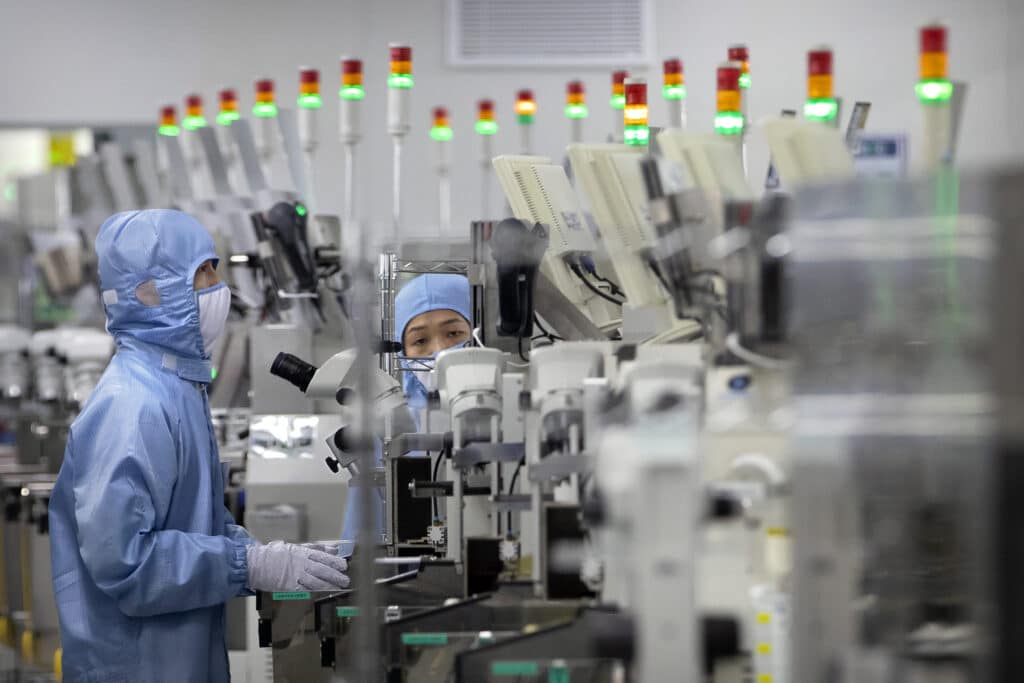
TROUBLE IN THE NEIGHBORHOOD
The conflict and sanctions will also do damage to Russia’s neighbors in Central Asia. As its own workforce has aged, Russia has turned to younger migrant workers from such countries such as Uzbekistan and Tajikistan. Those workers’ families have come to rely on the money they send home — remittances.
Even at the height of COVID-19 in 2020, remittances from Russia to Uzbekistan topped $3.9 billion and to Kyrgyzstan $2 billion, according to the Russian central bank.
“The pressure on the ruble, banking restrictions on foreigners and — in the long run — the collapse of the labor market in Russia will have an immediate and profound economic impact on Central Asia,” Gavin Helf, an expert on Central Asia for the U.S. Institute of Peace, wrote this week.
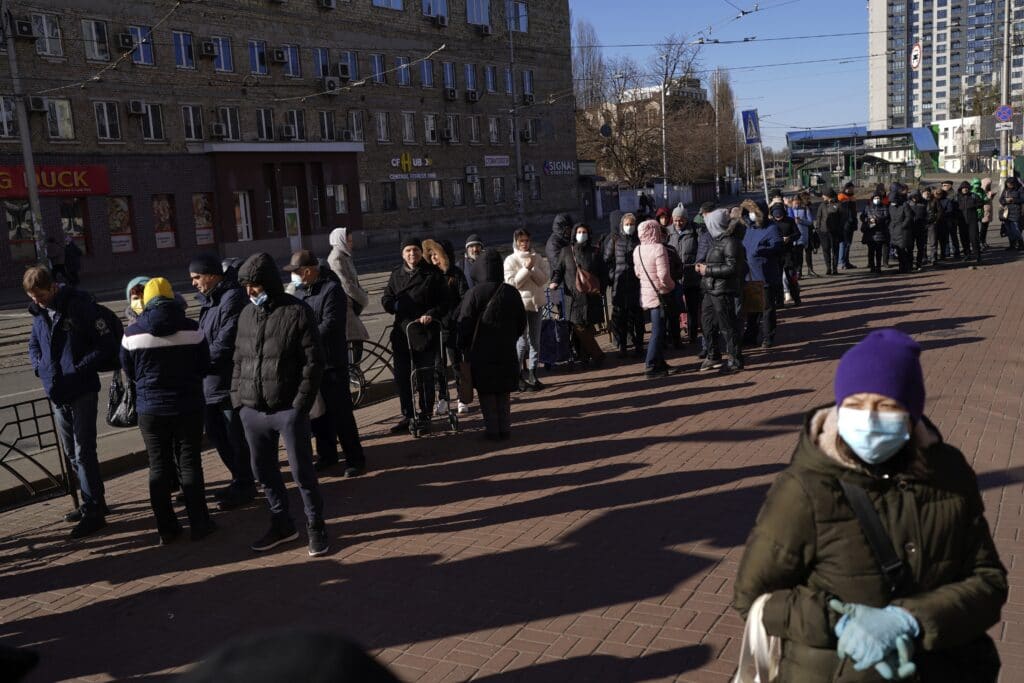
A STRAIN ON FOOD SUPPLIES
Ukraine and Russia account for 30% of the world’s exports of wheat, 19% of corn and 80% of sunflower oil, which is used in food processing. Much of the Russian and Ukrainian bounty goes to poor, unstable countries like Yemen and Libya.
The threat to farms in eastern Ukraine and a cutoff of exports through Black Sea ports could reduce food supplies just when prices are at their highest levels since 2011 and some countries are suffering from food shortages.
Anna Nagurney, a management professor at the University of Massachusetts Amherst, described the consequences as “extremely troubling.”
“Wheat, corn, oils, barley, flour are extremely important to food security,” Nagurney said, “especially in the poorer parts of the globe.”
With ports, airports and rail lines closed and young Ukrainian men fighting the Russian invasion, she asked, “Who’s going to be doing the harvesting? Who’d be doing the transportation?”
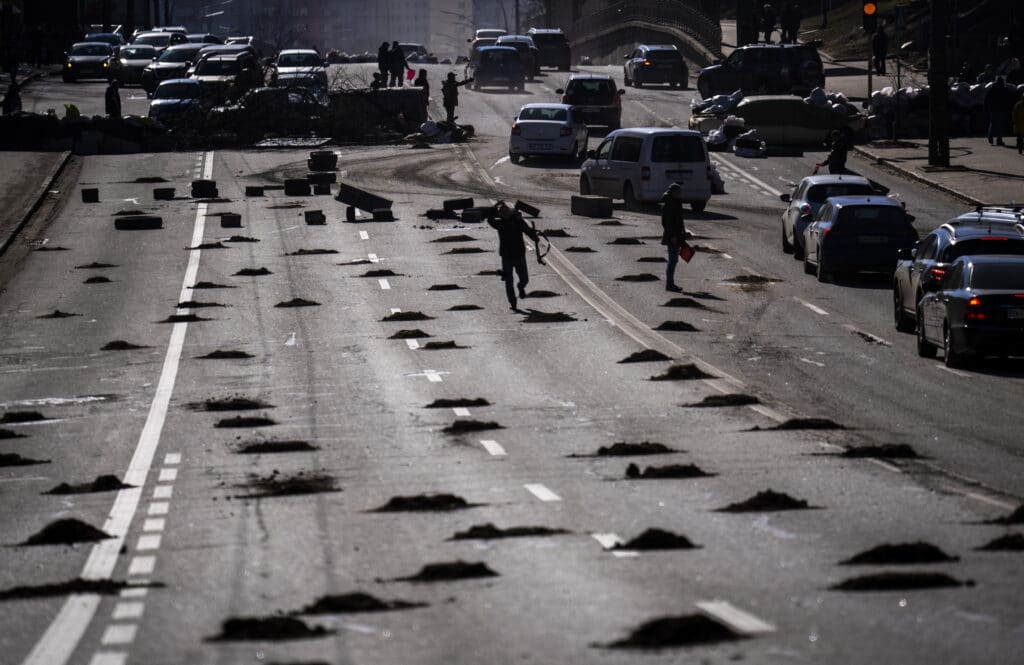
RISING PRICES
The Ukraine war coincides with a high-risk moment for the Federal Reserve and other central banks. They were caught off-guard by the surge in inflation over the past year — the consequence, mostly, of the economy’s unexpectedly strong recovery.
In January, U.S. consumer prices rose 7.5% from a year earlier, the biggest such jump since 1982. In Europe, figures out Wednesday are likely to show that inflation accelerated to 6% last month from 5.1% in January for the 19 countries that use the euro currency.
Now, the fighting and sanctions that have disrupted Russia trade with the global economy threaten to send prices ever higher, especially for energy: Russia and Ukraine, Zandi said, together produce 12% of the world’s oil and 17% of its natural gas.
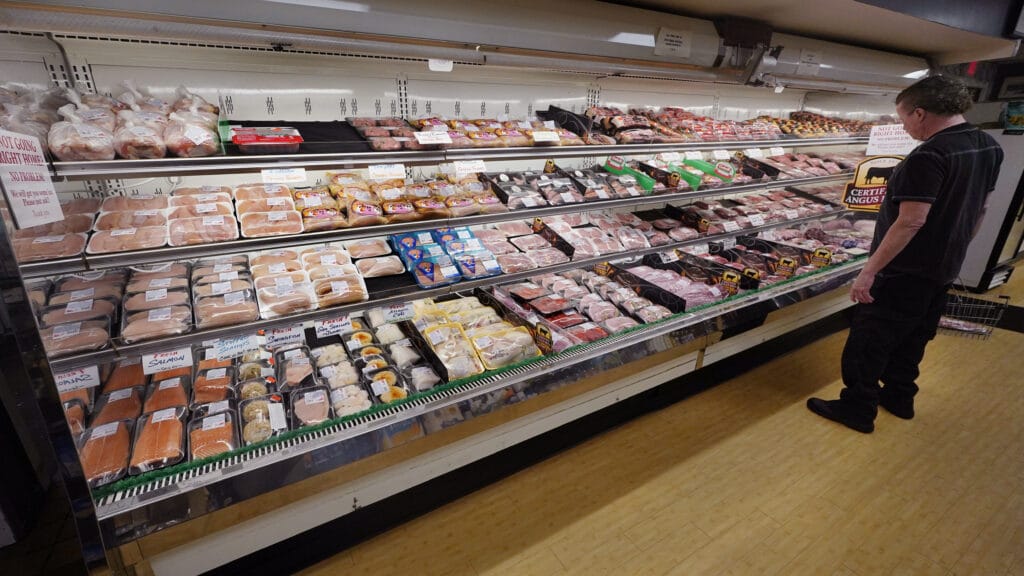
To combat inflation, the Fed is set to begin raising interest rates when it meets in two weeks, reversing the ultra-low-rate policies it adopted in 2020 to help rescue the economy from the pandemic recession. Likewise, the European Central Bank is gradually withdrawing its pandemic stimulus efforts.
But now? Central bankers must weigh intensifying inflationary pressure against the risk that the Ukraine crisis will weaken economies. In Europe, for now, “any hints of rate hikes are out of the question,” Carsten Brzeski, chief of global macro at ING bank.
Yet the Fed, roundly accused of being slow to recognize inflation’s resurgence, may continue its shift away from easy-money policies.
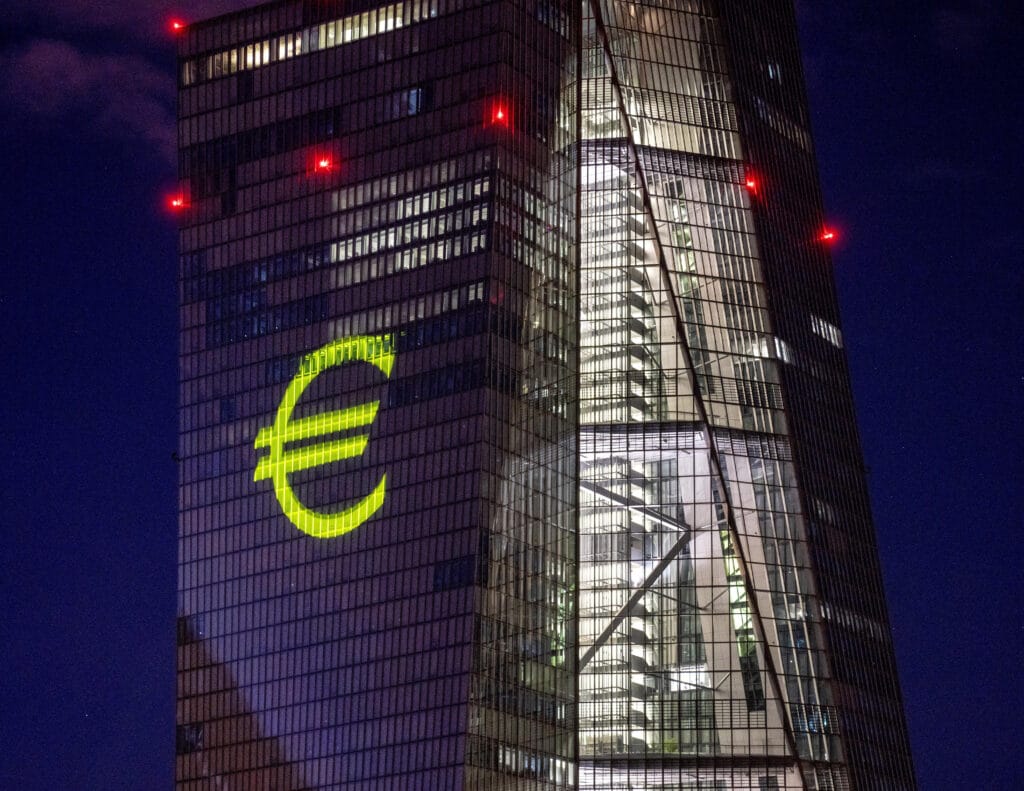
Barring a stock market collapse or a broadening of the war beyond Ukraine, Zandi said, “I don’t expect any change in the Fed’s conduct of monetary policy as a result of the economic cross-currents created by the Russian invasion of Ukraine.”
By PAUL WISEMAN and DAVID McHUGH Economics Writers
McHugh reported from Frankfurt, Germany. Business Writer Ken Sweet contributed from New York.






